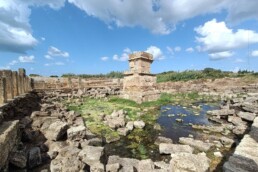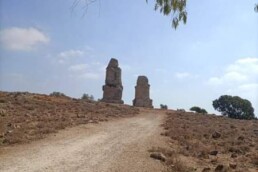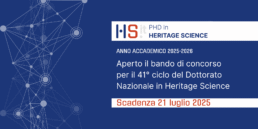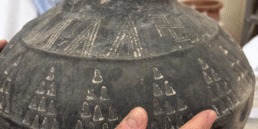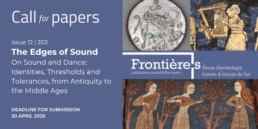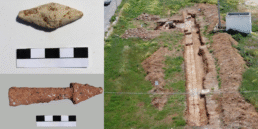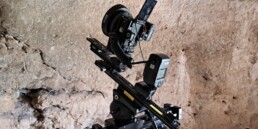Amrit Project
Acronym: AmPro
Description
The site of Amrit, on the Mediterranean coast south of Tartus, Syria, has yielded archaeological evidence pertaining mainly to the Phoenician phase, in the Persian-Achaemenid and Hellenistic periods (1st millennium BC). The vestiges of the Phoenician sanctuary (ma'abed) include a sacred pool, with an aedicule (naos) emerging from the water and a portico with pillars on three sides. Monumental burials from the Achaemenid period (meghazil), the rock-cut stadium and burials from the Hellenistic and Roman periods characterise the extensive archaeological area.
The project for the documentation, valorisation and study of Amrit's archaeological heritage was set up at the request of the Syrian DGAM, with co-financing from MAECI, the University of Florence and CNR ISPC.
The project aims to monitor the state of conservation, determine valorisation strategies and study the Phoenician monumental evidence, in a perspective of cooperation, to the advantage of local communities, with a focus on the salvage and protection of cultural heritage in a territory that has been through a deep crisis as a result of the recent conflict.
Project information
- Italian project leader: CNR ISPC
- Foreign project leader: DGAM (Syria) – Directorate-General of Antiquities and Museums of Syria
- ISPC Scientific coordinator: Tatiana Pedrazzi
- Partners: Università degli Studi di Firenze, Dipartimento SAGAS
- Involved Countries: Italia – Siria
- Site/Area/Case study: Archaeological heritage of the Tartus region (in particular, preservation, protection, enhancement, documentation of the Phoenician settlement of AMRIT, under UniFI concession)
- Status: ongoing
- Funding: MAECI (2022)
- Project website
For further information on the research topic, visit our Groups & Labs
